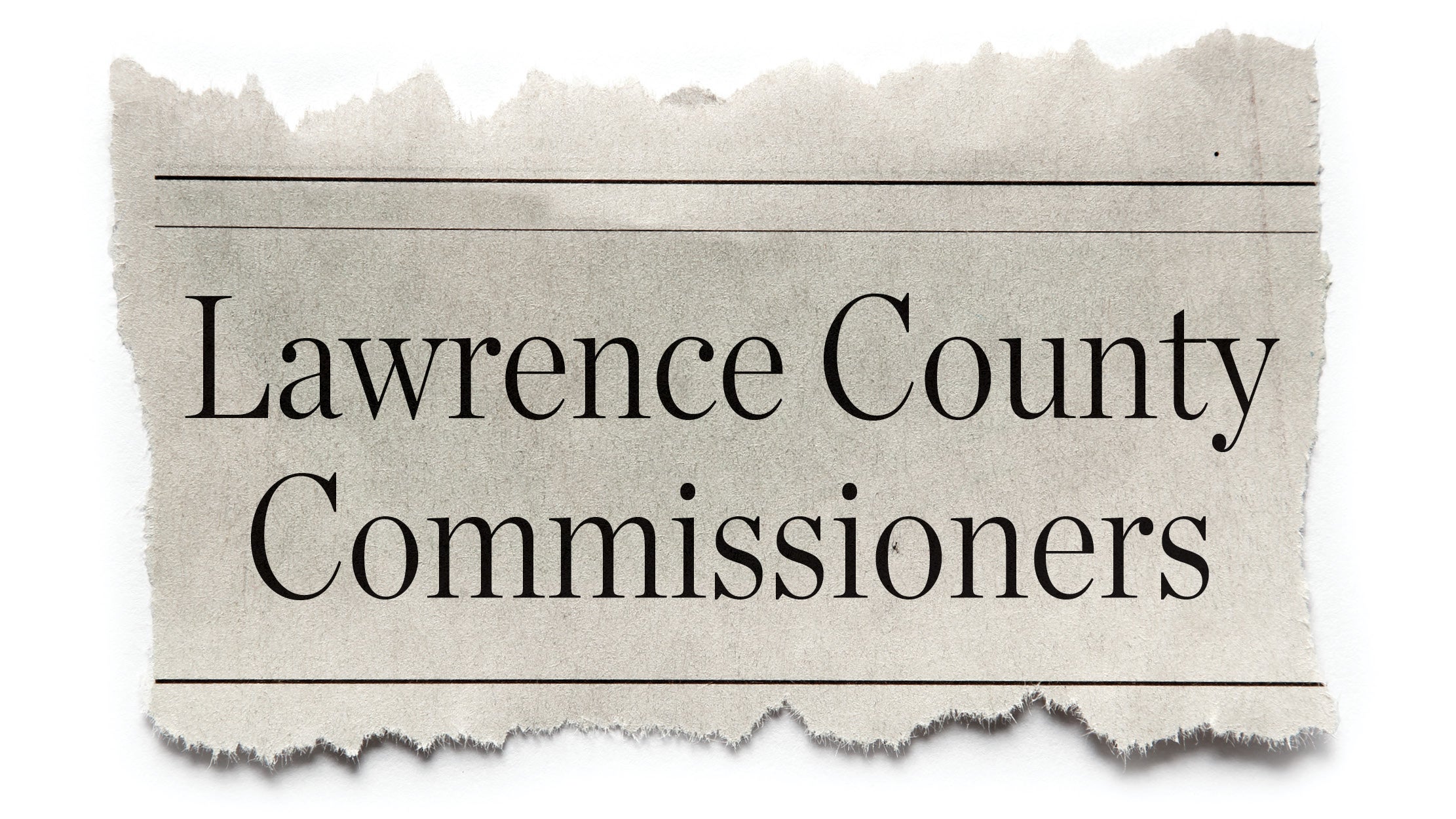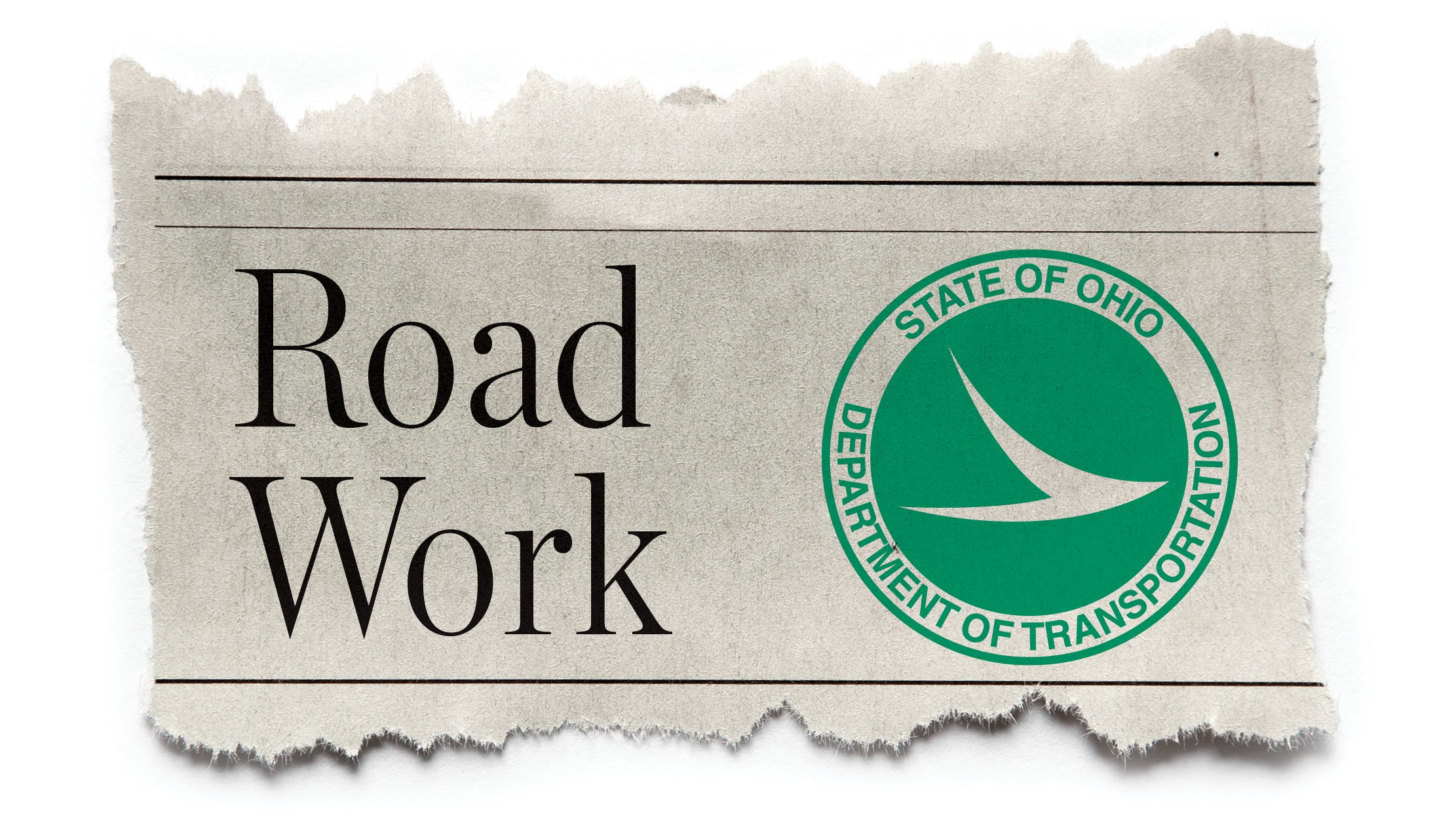S.T.E.P.S. tries to break cycle
Published 11:26 am Monday, March 6, 2017
Some abuse drug meant to be a stop-gap to recovery
Suboxone is a drug. It will get you high. Not the euphoric feelings of heroin or other narcotic opioids, explained Dr. Nicholas Landry, OD, but it will give a user a bit of a high. It isn’t a replacement for opioids, though. It’s a stop-gap.
Some folks, Landry said, use suboxone when they can’t get their opiate drug of choice, just so they won’t get sick. Others use suboxone to get through the work week, then get high on the weekends. Some, though, try to use it to break out of the patterns and cycles that addiction has forced them into.
Some of those folks get it on the street. In those cases, it’s usually from folks selling their suboxone prescription to purchase their drugs of choice. Others look for a legitimate prescription. But not all prescriptions are created equally.
In some ways, some of the doctors prescribing suboxone have simply taken the place of the old pill mill doctors.
“I spent $200 a week on a suboxone script at another place,” explained one of the patients at Landry’s S.T.E.P.S. of Recovery addiction center. “They wrote the script and sent you away.”
This individual, a Lawrence County resident in his early 30s that we’ll call Patient One, has been driving to Gallipolis to seek treatment with Landry at his office there for one simple reason, he wants to eventually be off the suboxone too.
“I’m looking for a year or so down the road to be off everything,” One said. “I’m looking to live a life.”
It’s not something the 14-year addict has looked forward to before. For years, his life was dominated by nothing more than seeking out his next fix. But, eventually, addicts aren’t driven as much by the desire for a buzz as they are by a need to stop the pain of withdrawal.
“It’s hard to understand if you haven’t had it,” he said.
“People think you’re faking it,” added his girlfriend, Patient Two.
But once they had had enough of the addict lifestyle they began seeking out suboxone. Then, when it became obvious to them that using suboxone as they were was just trading one drug for another, they started making the drive to Gallia County, to be involved in the S.T.E.P.S. of Recovery program.
Landry’s program, at his Gallipolis office and his second location in Ironton, takes a holistic approach, weaning patients off their suboxone over time while using journaling, counseling, and other strategies to help patients understand their addiction, and the stressors that could lead to a relapse.
“He makes you realize why you want (the drugs),” Patient Two explained.
But understanding why you want them isn’t enough. You also have to break the patterns that lead you to use.
“He gives you assignments,” One said, “to get you to reconstruct these patterns, to live a normal life.”
“I just started, but I see a big difference (between this and other programs),” One continued. “I’m setting goals at six months and for a year from now. I’m learning about addiction, its causes, my stressors and triggers…because your life really is a pattern.”
“So you have to train yourself to do things the right way,” Two added. “You’ve got to change the people, places, and things you hung out with, but, at the same time, you don’t want to be anti-social.”
That’s where the pro-social events come in. These aren’t voluntary social gatherings. It’s a compulsory part of their therapy, where they have to get together at a family-friendly event organized by the facility, to interact and socialize in a safe, drug-free environment.
They also go to counseling once a week, to work on their individual issues and “help train our mind,” Patient One explained.
This includes examining their triggers in depth, “and (learning) what to avoid,” Patient Two added.
Though they haven’t been going long, they said that they are already more hopeful in this treatment program than they have been in any other attempt they’ve made to kick drugs.
“In six months, I want to see myself coming off suboxone,” Patient One said. “I want a job, visitation with my kids, a place of my own… stuff I haven’t achieved, or if I have, it went downhill because of drugs.”
In a year, he said, he’d like to go back to school –stuff he hasn’t achieved.
Landry later explained that when he said, “coming off suboxone,” he meant stepping down his dosage. Landry said no one who follows the program properly can get off it completely that quickly. The average, he explained, is closer to 18 months. It isn’t a matter of not being able to detox and step down dosage quicker than that. It’s that they aren’t psychologically ready to give it up.
“The drugs grabs you so hard, you can’t think of anything else,” Patient One explained.
“If you have plans, and you can’t get stuff?” Landry asked.
“It doesn’t get done,” Patient One volunteered. “I wouldn’t climb out of bed if I didn’t have something. You’re always just nervous.”
“I’ve heard it described as a feeling of impending doom,” Landry said.
“That you can’t explain!” Patient One added.
Patient Two agreed, but attempted to quantify her addiction.
“I did stuff for 15 years, but I never got so far that I wouldn’t feed my kids,” she said. She said that she had seen others buy drugs before food.
Later, Landry explained that you’ll hear statements like this a lot. People will say that they took pills, but never snorted them, or that they snorted pills, but they never used a needle. They’ll say they never stole anything.
“There’s a chronic deterioration of self esteem and self respect,” Landry said.
These are attempts to hold onto that in any way that they can, he said, in the face of families and friends who no longer trust them because of the things their disease has made them do.
But it is a disease, Landry explained, –a chronic one, that isn’t going to be cured. It can be managed, however, like diabetes or cholesterol, and patients can learn to manage it without drugs like suboxone.
Next week we’ll look closer at the biology of addiction, including why some folks are more predisposed to addictive behavior and how opioids work on the brain.





